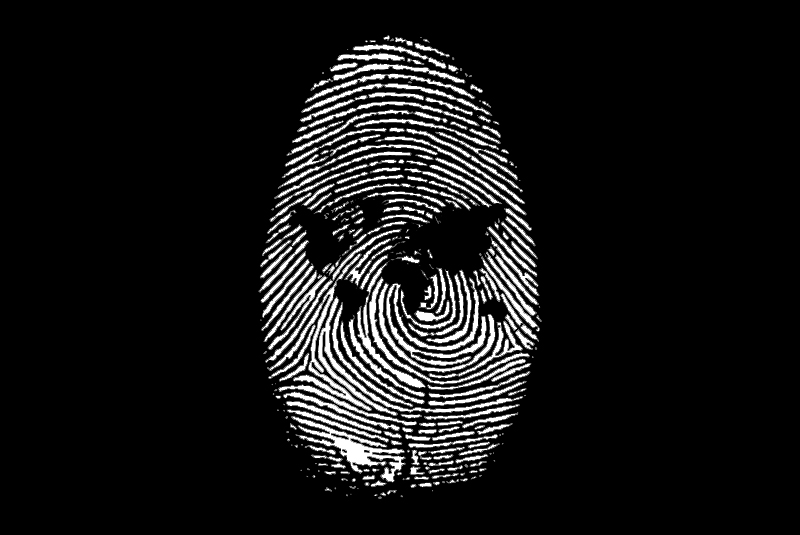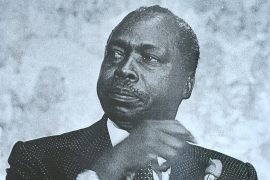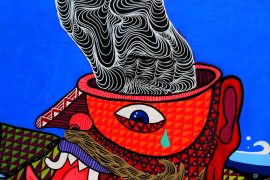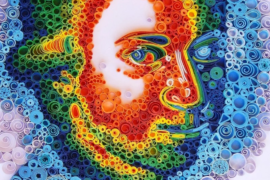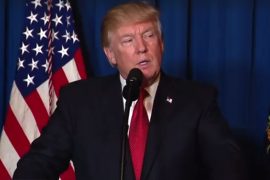When the smoke settles after an Indian election victory, the question of ‘whodunnit’ is soon replaced by that of ‘how did they do it?’. It seems that we develop a barometer for the pulse of an electorate only after the results are out.
But there is one factor that has played a constant role in recent times – social media.
In 2008, Obama demonstrated that the party with the best social media campaign wins. In 2014, Narendra Modi made this amply clear with the Bharatiya Janata Party’s (BJP) digital blitz in the general elections, an act soon followed up by the Aam Aadmi Party’s (AAP) sweep of Delhi state elections. Soon, it was a new necessity in the fast-changing world of politics.
One thing they all had in common was a strong, data-driven digital marketing campaign that allowed them to target voters with their messages. Big data now allows even private companies to create lists of the entire electorate, compile their names, addresses and likely voting behaviour – Trump’s campaign did this with a precision that ‘profiled the personality of every adult in the US.’
In India, the numbers are even bigger. The firm Modak analytics had compiled a list of 810 million Indian voters in 2013, during the run-up to the general election. With the number of new internet-users growing by 50 million every year, politicians are given an endless supply of new faces to reach out to. Facebook, Twitter, Instagram and Whatsapp are now part of what journalist Prerna Kaul Mishra calls the ‘fifth pillar‘ of the media.
Copyright©Madras Courier, All Rights Reserved. You may share using our article tools. Please don't cut articles from madrascourier.com and redistribute by email, post to the web, mobile phone or social media.Please send in your feed back and comments to [email protected]

